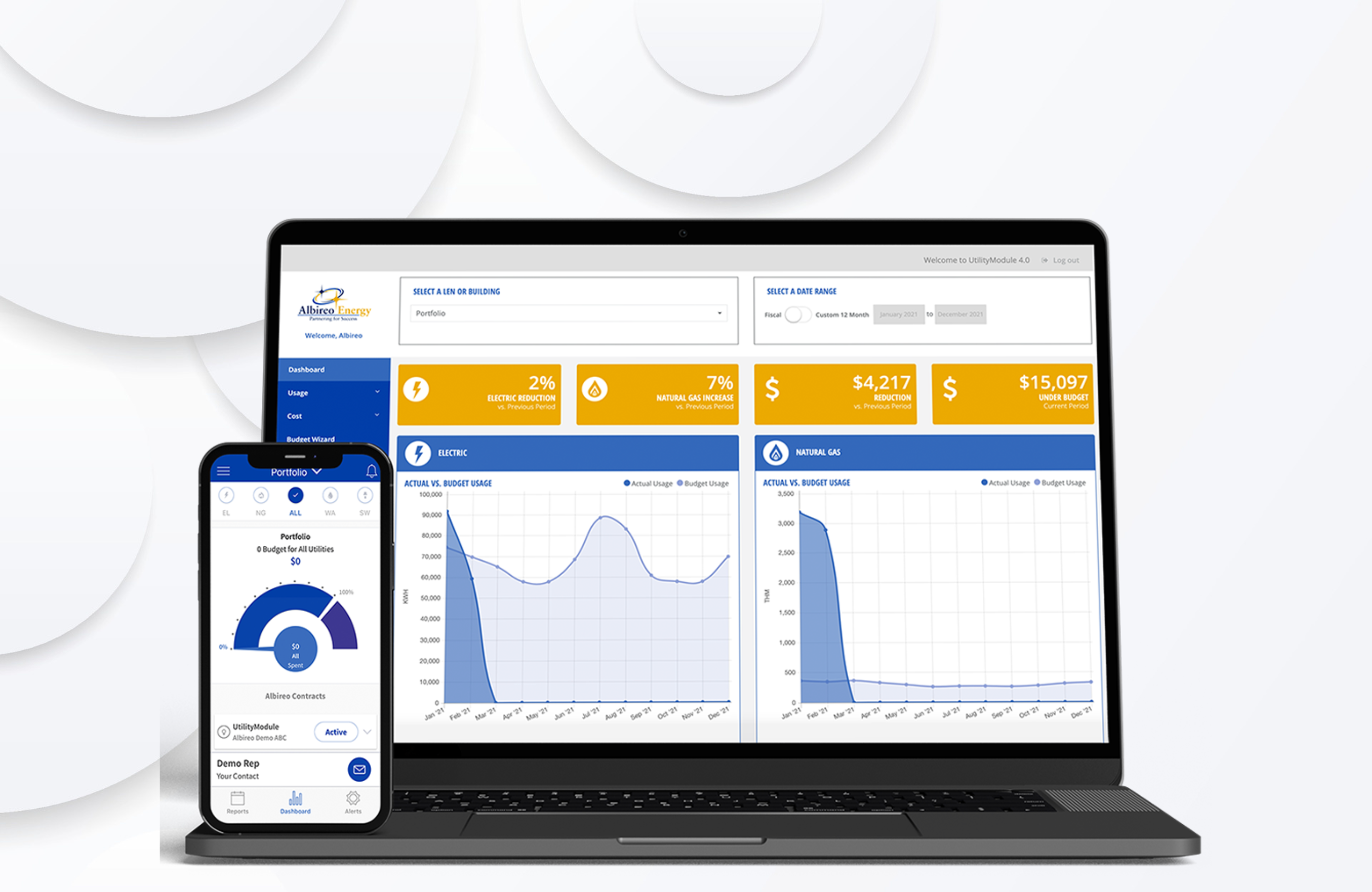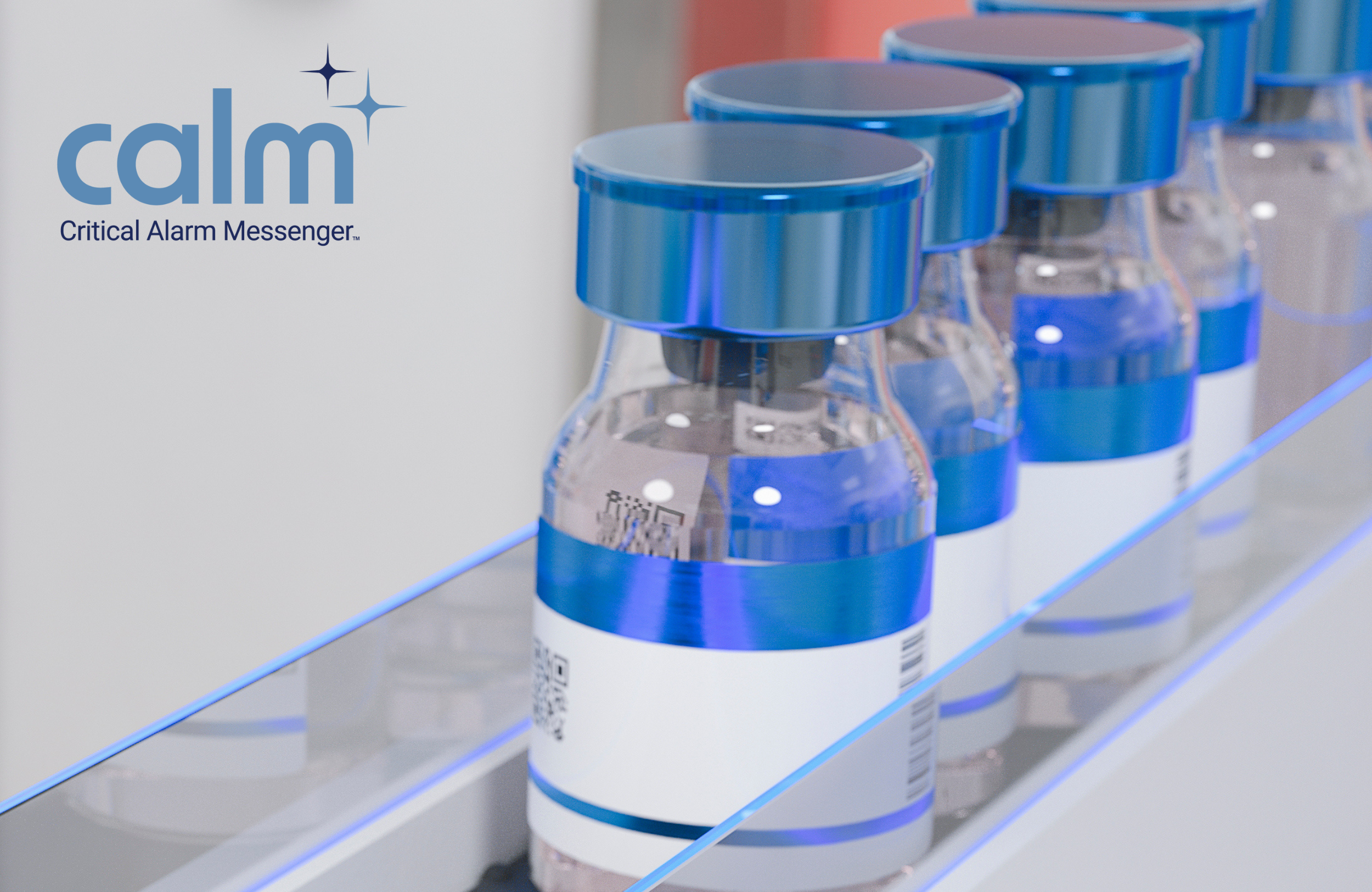The pandemic has had a tremendous impact on the manufacturing industry causing organizations to re-evaluate business systems due to diminished workforce and spotty supply chains. Recovery will involve improving performance, sustainability and resilience. Resiliency in the years to come will depend on tech investments that will boost security, data collection and analysis, forecasting and flexibility.
Albireo Energy understands the need for manufacturing facilities to evaluate their current practices and integrate technology into legacy systems or design sustainable systems from the ground up. One of the key components of industrial automation this blog will focus on is Programmable Logic Controllers (PLCs). Albireo strives to design PLC’s to seamlessly integrate with devices using the Internet of Things (IoT), robotics, vision systems and much more.
PLC Basics
PLCs are specialized, hardened computer devices that connect different units and enable them to work in a coordinated manner. PLCs are a versatile and modifiable component of manufacturing processes that have become essential.
Every PLC contains a basic computer processor that collects data inputs, performs analysis, and executes a desired output. Then a series of diagnostics are performed. This is called the scan cycle. The scan cycle is measured in milliseconds. If a faster result is required, a Programmable Automation Controller (PAC) can be included which uses multiple CPUs to provide parallel processing.
The PLC has two programs, the operating system (OS) and the user program. The OS runs tasks and programs automatically. The user program is the part of the PLC that allows operators to key in outputs they require, which can be stored in the PLC’s memory. These programs work together to process key tasks.
PLCs are often materially hardened which make them withstand the rigors of the production floor. They can be specialized for very specific uses for any type of manufacturing process. PLCs control real-time processes and are designed for simple efficiency.
Mission Critical Applications
Organizations strive to reduce loss from downtime. That’s where Safety PLCs come in. Safety PLCs are designed for mission-critical applications. A safety PLC is designed to fail safely by using different levels of redundancy without endangering users or processes. Mapping processes ahead of time will create a better design that significantly improves overall safety. The more automation is integrated into manufacturing processes, the more it becomes critical to design safety PLCs that can achieve certification from recognized organizations such as TUV and FM.
Data Collection
Manufacturers are increasingly linking their equipment to their business systems to access and analyze the tremendous quantities of data generated. The ability to collect precise data is key to improving the performance of equipment and the quality of their output. There are two forms of data, streaming and status. To glean useful information from collected data, front end processing is necessary. PLC programming analyzes and provides real-time notifications about staus or executes a task.
Security
Once the PLC is attached to a network, it can become vulnerable to cyber-attack. Security must be considered but there are multiple methods to achieve a protected device. Some methods are “Security through Obscurity”, using an embedded operating system not popularly used by the public; or a virtual private network (VPN) that encrypts data transmission. There are many other strategies that can be employed to secure the PLC. Albireo Energy is well experienced in creating a secure system.
Customization
There is nearly limitless software and options when integrating PLCs. Each unique manufacturing process requires a unique solution. Albireo leverages the experience of their team and their commitment to a product agnostic approach to provide solutions that are exactly what is required. Efficiency and security are the top concerns. A PLC can be instrumental in decreasing machine downtime. With virtual simulation and commissioning, Albireo can create models and find optimal equipment settings that provide reliability and high performance. Albireo’s strong background in automation and energy efficiency informs their designs providing unlimited possibilities. Manufacturers cannot afford downtime and PLCs are integral in successfully upgrading systems and processes.







